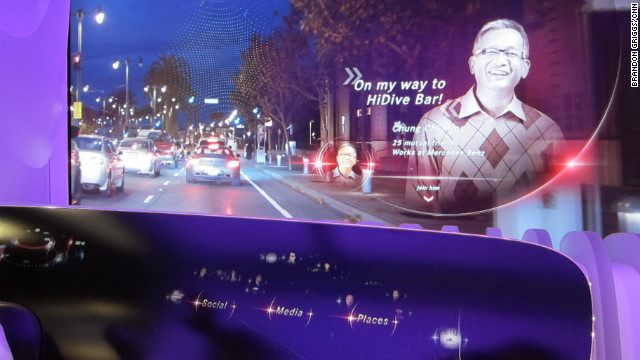I occasionally read using the Amazon Kindle application installed on my laptop, but eBook reading doesn't appeal to me. I prefer physical books. That's why this new publication written by Amaranth Borsuk and programmed by Brad Bouse, Between Page and Screen, caught my eye. It's a physical book that can only be read using a webcam connected to the web. You point the book's page at the webcam to read the letters and watch the animations.
This work consists of letters exchanged between two lovers, "P" and "S." Some have called it poetry. Without a literary reviewer's mind or having read it myself, I can't say if it is truly a work of poetry but it is exciting to see how technology, paper and art continue to mingle in new ways.
I'm not thinking this is a practical or particularly enjoyable experience, in part because I don't care for the big marker approach to AR, but this is a natural progression following upon other "magic book" projects.
 One of the most well-known is Camille Sherrer's magic book project Le Monde des Montagnes (2008) which uses Natural Feature Recognition (no markers) to detect the page you have shown to the camera and then superimposes animations on the live video of the page (the augmentation is only on the screen).
One of the most well-known is Camille Sherrer's magic book project Le Monde des Montagnes (2008) which uses Natural Feature Recognition (no markers) to detect the page you have shown to the camera and then superimposes animations on the live video of the page (the augmentation is only on the screen).
Imagine what this could be like if it were a graphic novel, like some other projects. I'm thinking here of Jack, the Time Traveller, a project developed by Julian Looser, Adrian Clark, Shunsuke Fukuden, and Katy Bang (while they were working at the HIT Lab NZ) for the Australian Centre for the Moving Image exhibition Screen Worlds. The book tells the story of Jack's journey through the history of cinema and his quest to find an interesting and well-paid job.
There are other ways to play at the intersection of print books and video. In one example of about the same time period as Jack, The Time Traveller (early 2011), Davy and Kristin McGuire created a 3D effect and digitally inserted characters into the story using video recorded with a Canon 5D Mark II projected onto paper.
"It tells the story of a mysterious princess who lures a boy into her magical world to warm her heart of ice. It is made from sheets of paper and light, designed to give a live audience an intimate and immersive experience of film, theatre, dance, mime and animation."
One of the many differences between these three important Magic Book projects and the first work I referred to above is that Between Page and Screen is available for USD 24.95 from Siglio Press.










